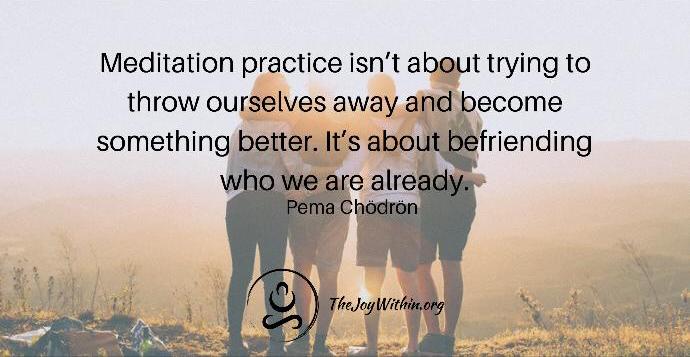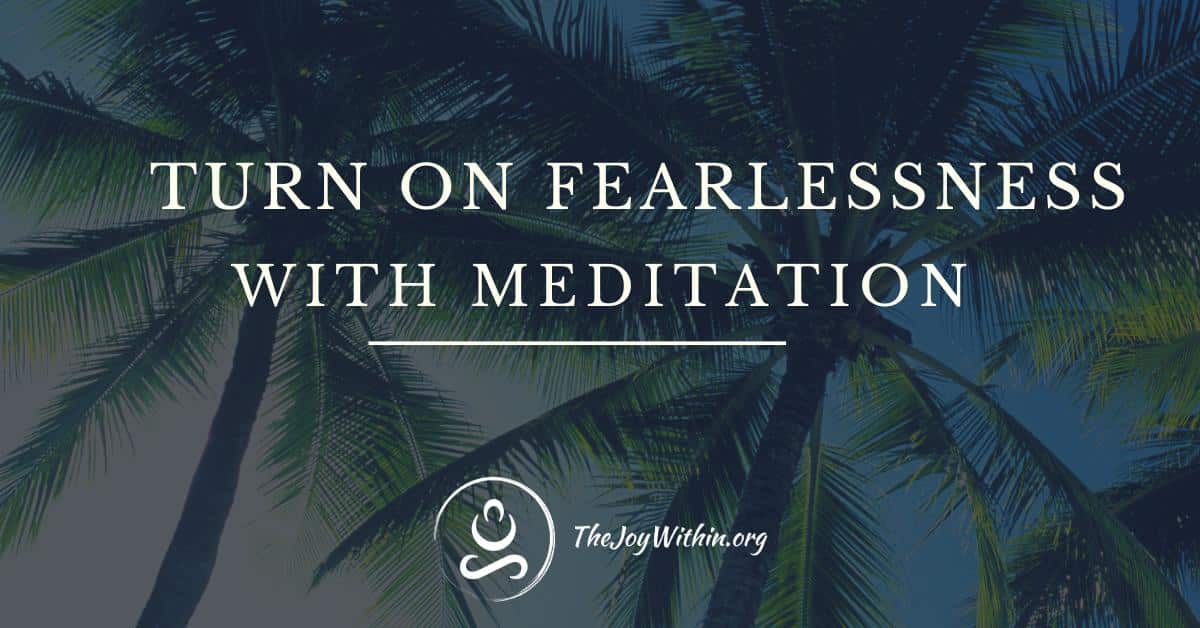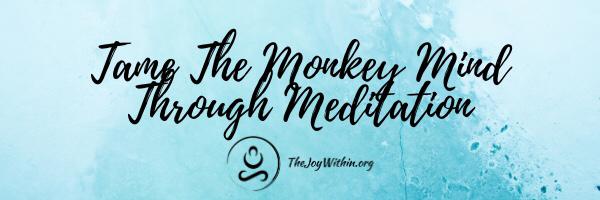How would your life be different in one week if you were able to live fearlessly? How would you interact with friends differently? Would this change how you show up in your career?
In this day and age, fear is increasingly prevalent. This is not due to increasing danger but an increasing attachment to material objects and a decrease in self-worth. Meditation can help you tap into fearlessness and live more wholeheartedly.
How Meditation Emotionally Changes The Brain
Brene Brown, says joy is one of the most vulnerable emotions. This is due to the fact when we encounter pure joy the mind easily starts “dress rehearsing tragedy”. To combat the fear that creeps in when unadulterated joy finds us, the answer is gratitude.
Meditations like Metta, also known as loving-kindness, meditations focus on gathering and amplifying feelings of gratitude and unconditional love. This equates to being able to lose the guard of fear more easily and be able to drink up joy more easily.
Learn 3 Metta meditation techniques here.
Fearlessness is the absence of fear. It can be extremely difficult to let go of that gripping emotion. Through single-pointed focus meditations or mindfulness meditations, the practice of objectivity while emotions and thoughts arise directly correlate to staying more objective outside the practice as well.
This means that when fear shows its head, you already are one step further away from it than you normally have been. With this added space it become easier to let it go and to remain empty as you do in your meditation practice.
How Meditation Permanently Rewires The Brain
Science supports that meditation can actually rewire the brain, shift blood flow, alter activity, and thicken important areas.
At Massachusetts General Hospital and published in Psychiatry Research: Neuroimaging, a study found that the grey matter within the hippocampus which is important in memory function and learning.
The results also showed a significant decrease in the grey matter within the amygdala. The amygdala is most well known for the role it plays within perceiving anxiety, stress, and threats.

In our fight or flight mode, the amygdala is the part of the brain that processes the emotional response to external stimuli, thus triggering our body’s protective response. Learn more about how meditation rewires the fight or flight response to better our health.
The study’s senior author, Sara Lazar, PhD, of the MGH Psychiatric Neuroimaging Research Program, found in previous studies that experienced meditators commonly had a thicker cerebral cortex compared to non-meditators.
Meditation Practices To Create Fearlessness
Fearlessness is our natural state. Fear is when we are deciding to grasp something or to doubt ourselves. When we use meditation we can let go of the illusion of fear and return to our innate fearlessness.
Mindfulness
Working with mindfulness meditation the practice is to feel sensations and allow thoughts to come up, but to remain objective throughout the process. It is about not labeling the object, sensation, or emotion and simply experience it.
Practice mindfulness meditation here with our guided mindfulness of sound meditation.
Single Pointed Focus
Meditating upon a single point is the classical form of meditation. This style increases mental focus and creates a tunnel-like concentration upon the object of focus.
Commonly the object of focus is the breath that is accessible to meditate with anywhere. You can experience a guided single focused meditation here.



